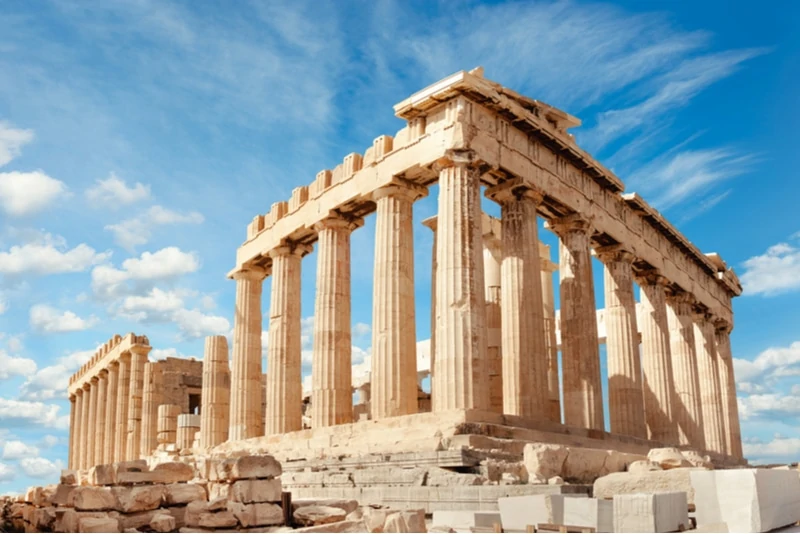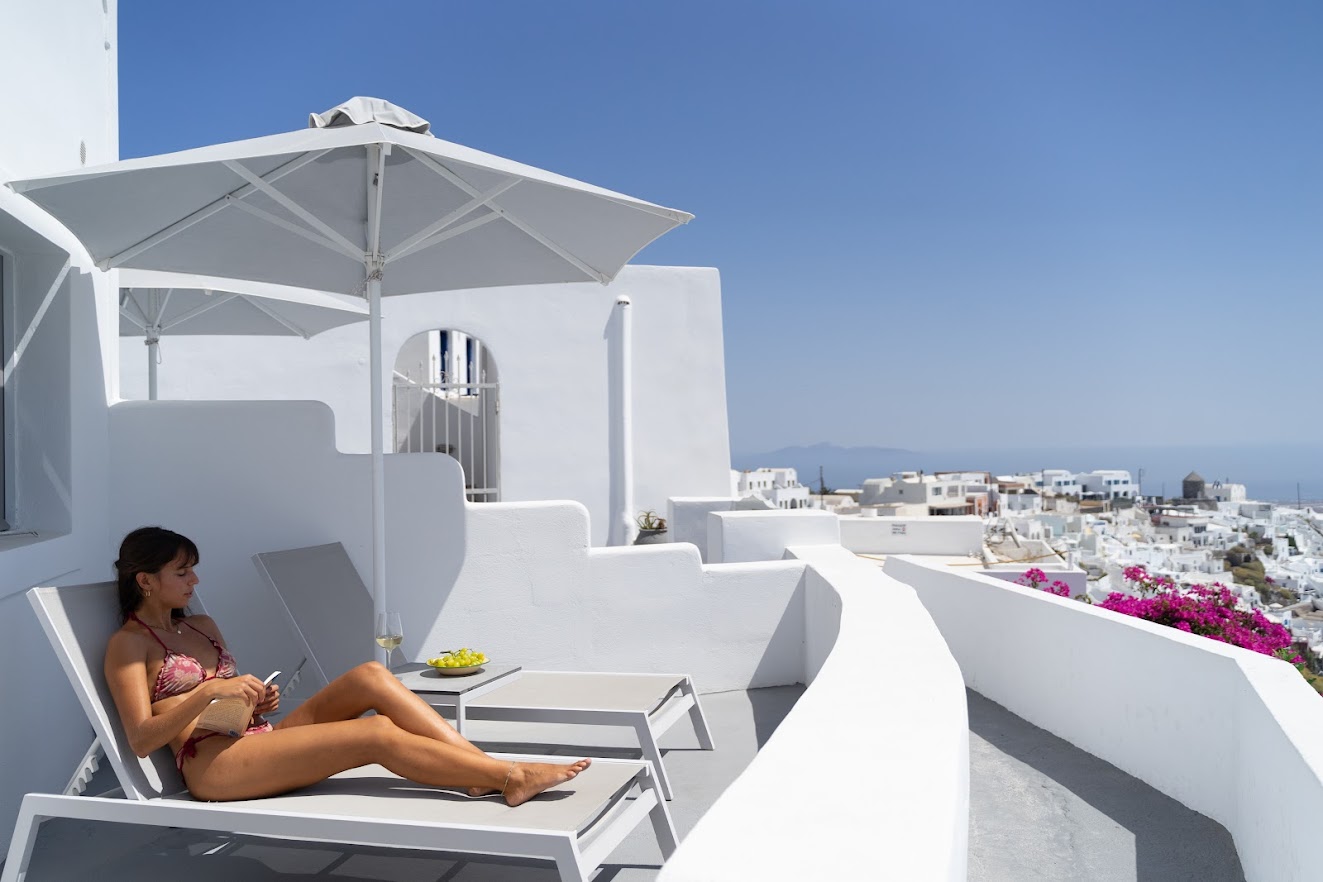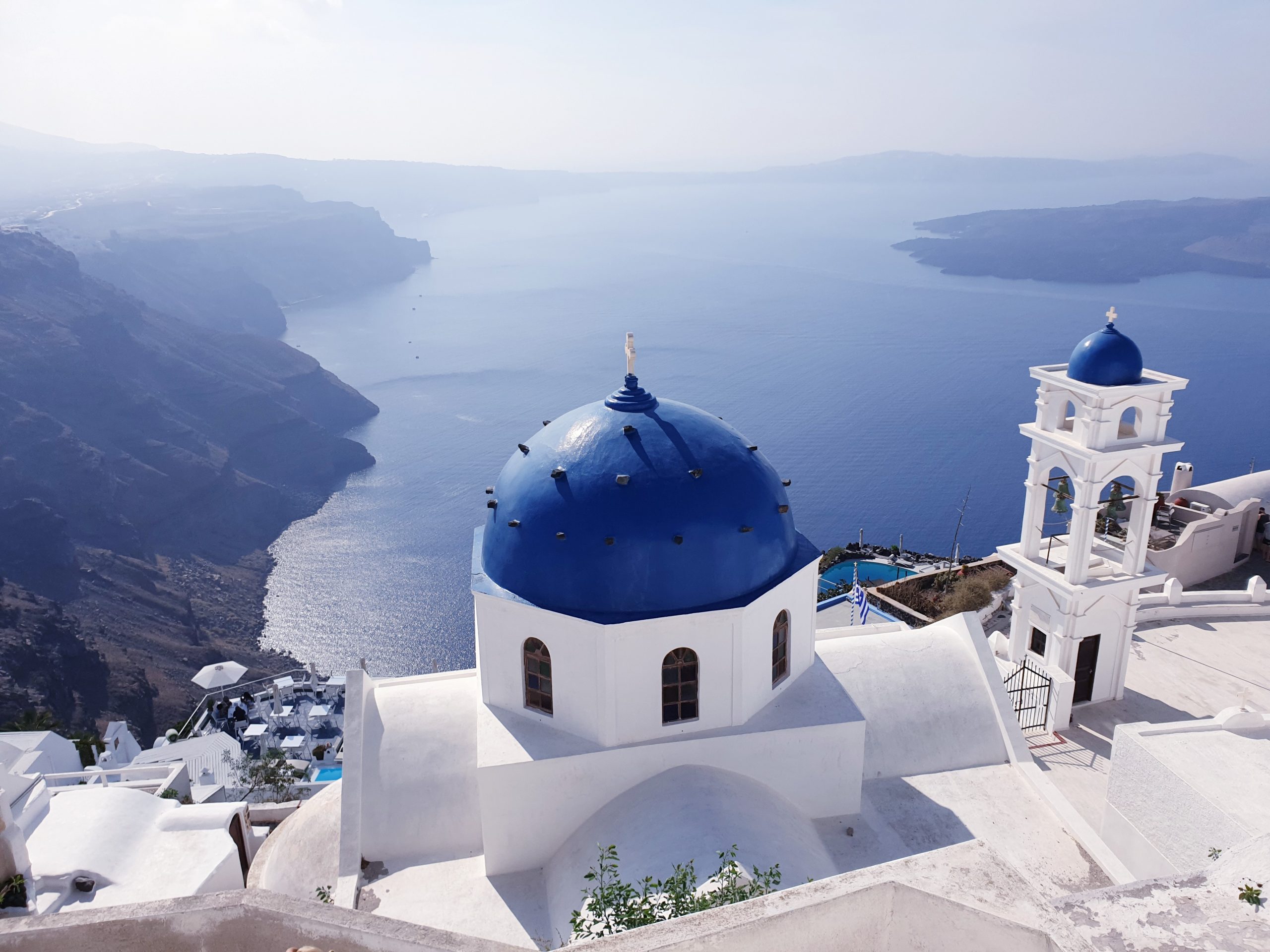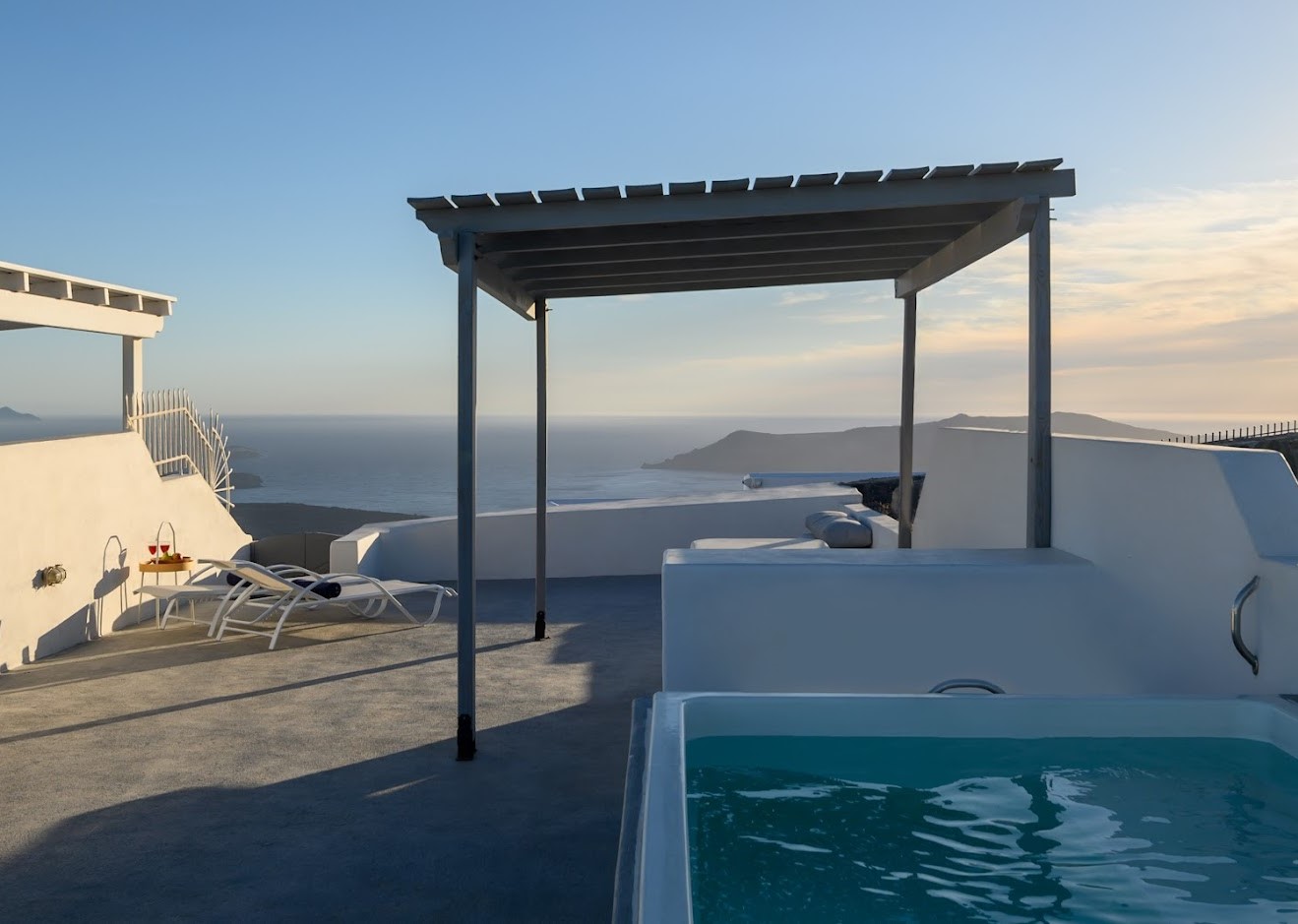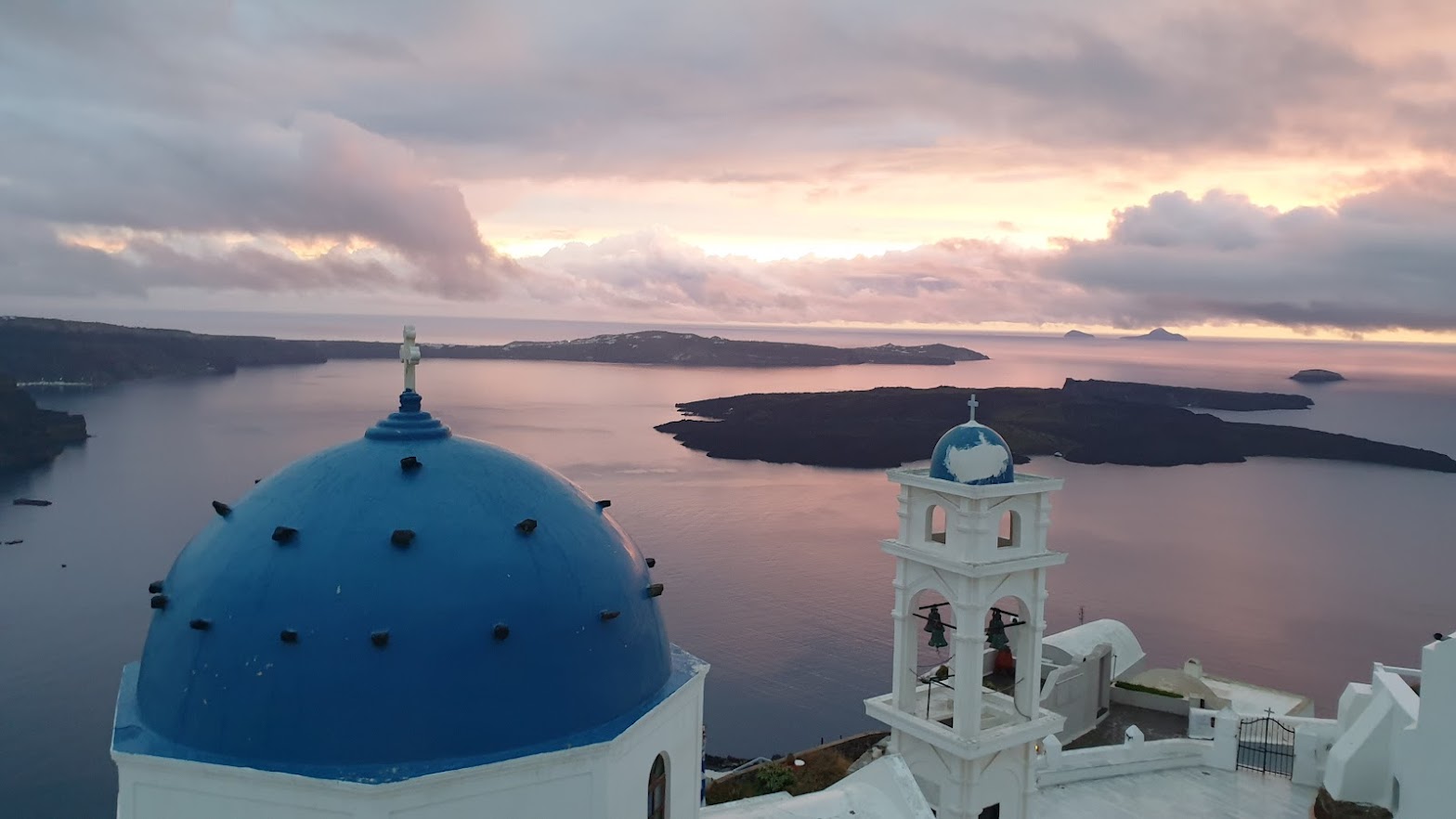Have you heard about five wonders of Greece? Most people are familiar with the world’s five natural marvels. However, an unofficial list of Greek marvels now exists.
Since Antiquity, Greek culture has spread throughout the world, and the Greeks have created some incredible structures. Several of them are still standing today to be admired by the rest of the globe.
The listed below are the top 5 wonders of Greece that is sorted as receiving the highest number of votes.
- Acropolis of Athens
- Olympia
- Delphi
- Delos
- Mycenae
Acropolis of Athens
The citadel of Athens is one of the most important European cultural structures. The ruins of several Greek temples may be found here, and they have had a significant effect on world architecture. The majority of the structures were constructed between 460 and 430 BC, however the citadel’s history dates back to the Late Bronze Age.
Olympia
An ancient holy city with various colossal constructions, the remains of which are still magnificent today. From the 8th century BC through the 4th century AD, the Olympic Games were held here every four years. The oldest known stadium in the world is found here.
Delphi
The navel of Gaia, the ruins of an ancient holy city (Earth). It has been inhabited since the Neolithic period, and it became a prominent hub between 1600 and 1100 BC, when it thrived in the 6th century BC. There was an important shrine – oracle – here around 1400 BC or before. An eternal flame burnt at the Temple of Apollo. The Temple of Apollo, one of the most remarkable and prominent ancient shrines in the world, as well as the spectacular Tholos, theatre, and several treasuries — votive monuments created by other Greek towns – are all located on the site.
Delos
Since the 3rd millennium BC, this ancient and even prehistoric holy place has been inhabited. This is where Apollo and Artemis were born, according to Greek mythology. When the island was “cleansed” of all old tombs in order to make it into a shrine between 900 BC and 100 AD, it became an important cult centre. Despite the fact that it was populated, no one was permitted to die or give birth on the island.
Mycenae
This city flourished between 1600 and 1100 BC, and was one of the primary capitals of Greek civilisation. The Lion Gate is an unusual element of the Mycenae Citadel, which is made up of gigantic stone blocks. The graves in the spectacular Grave Circle A and Grave Circle B are equally significant.

